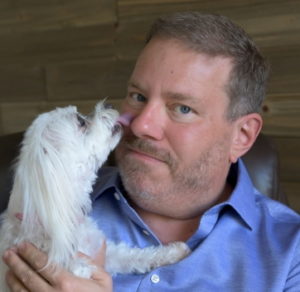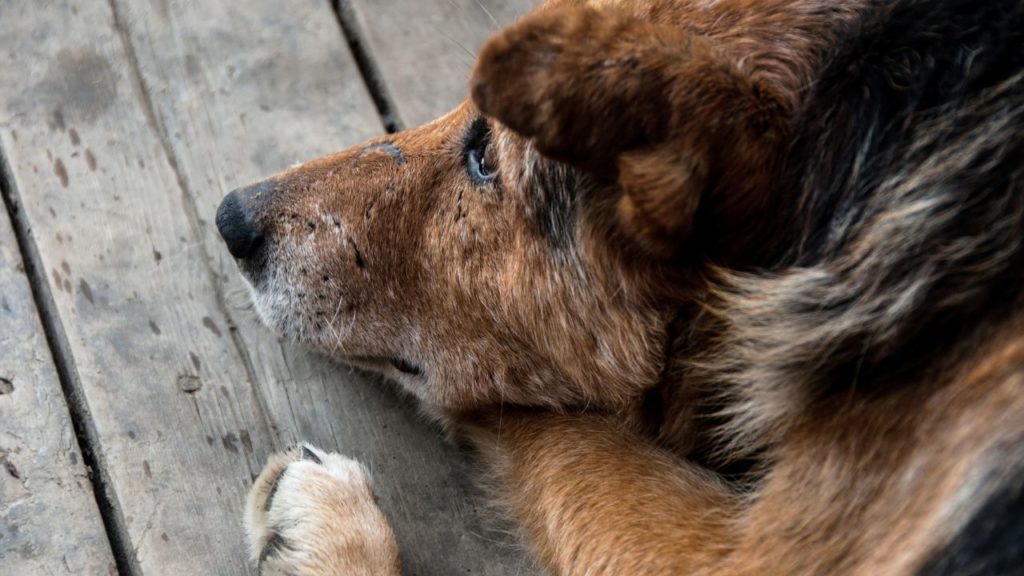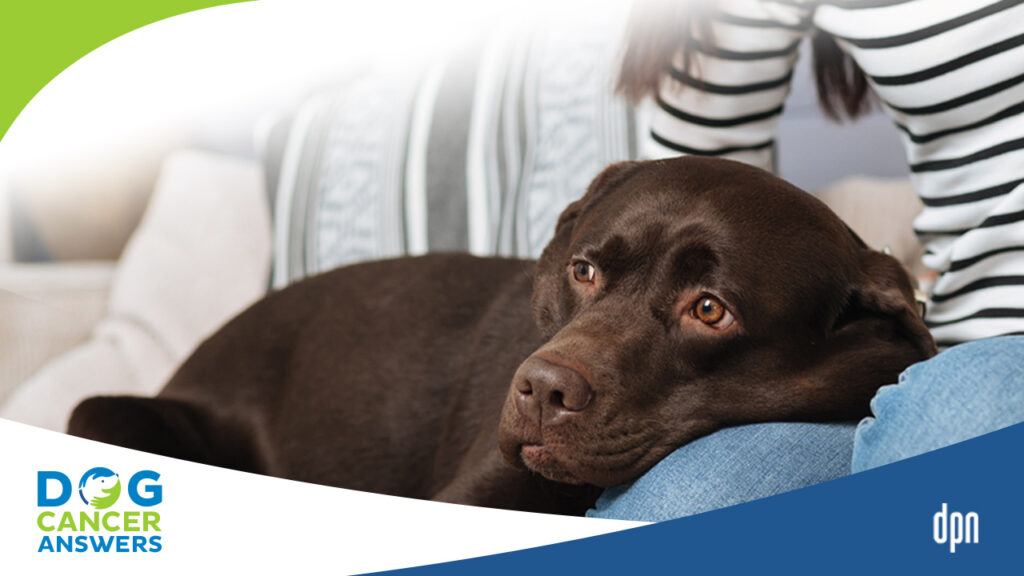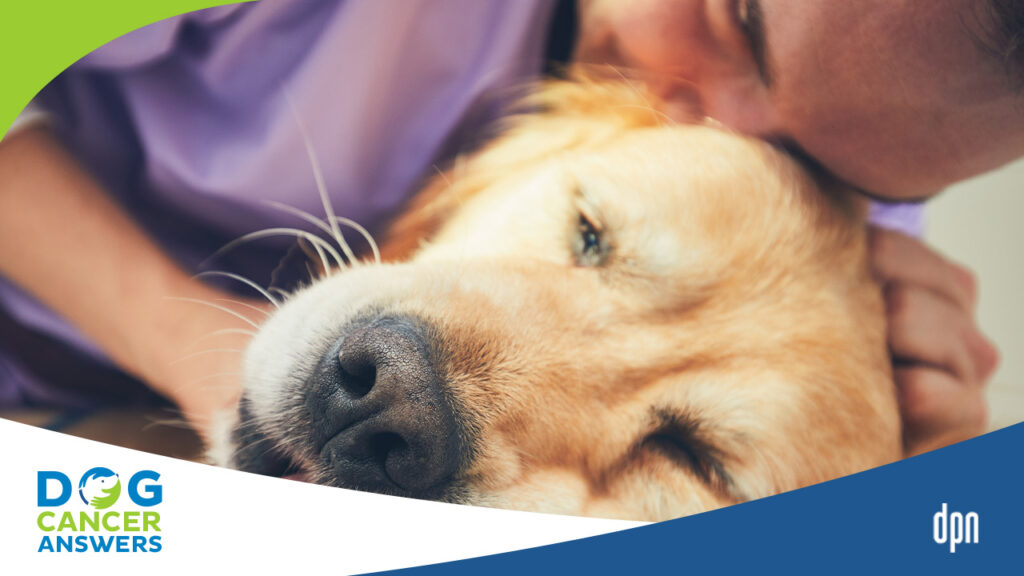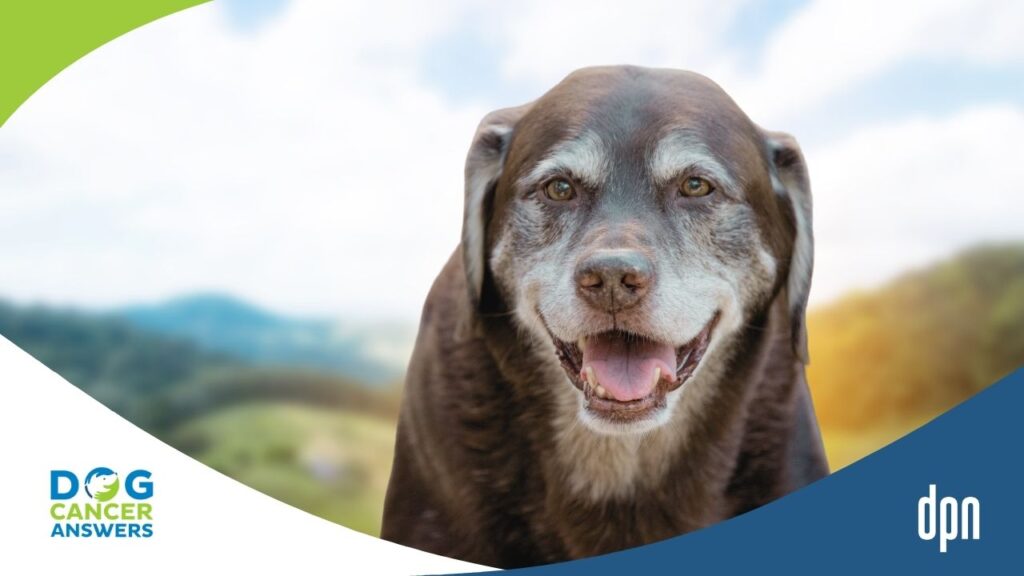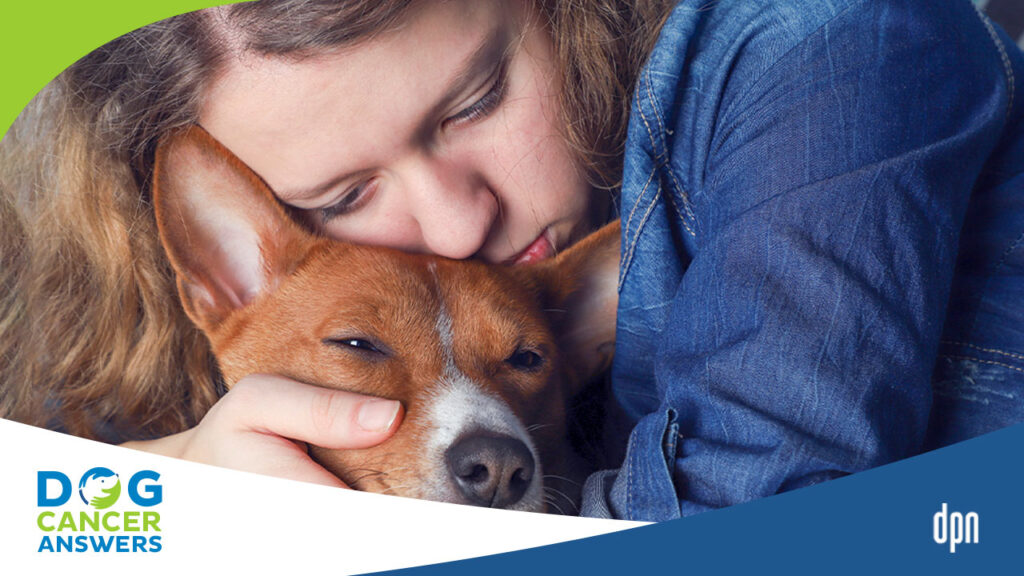James Jacobson: Here’s the subject that inevitably we all have to deal with, and that’s the subject of death. How do you know when it’s time to say goodbye? How do you know when it’s time to perhaps put your dog down or how do you know when basically the battle is over? I’ll throw that to either of you Veterinarians.
Dr. Demian Dressler: Well, I think that it’s really important to do two things. First is, we need to put our attention on our loved dog because it’s so easy to slip into, okay, what do I feel? What is this mean to me? That’s very, very important and that should be addressed in us. Many times speaking with a professional, whether it be a counselor or some other experienced person who can help us through difficult times can help a lot. But the attention ultimately needs to be placed on our loved dog. We need to start to analyze the joys in life. We talk about this in the book, we talk about what are each of the joys in life that my dog likes. What are the big pinnacles, what are the things that make my loved dog happy? We can make a list of these things. Now we can say, “Okay, how many of these things have gone away? How many of these things are no longer present? It’ll be very, very clear when you start to actually put pen to paper and to analyze this systematically. It’ll be very clear when the life quality has tipped to the negative. If there’s going to be no relief, if the joys in life that are gone, are going to be gone permanently and if you add up all of the things that are still left, and then you add up all of the joys in life that have been taken away, that’s gonna be a permanent shift. You realized that the life quality from here are noticed not going to be good because all of our dog’s joys are now gone, it may be time to contemplate, allowing our dog to depart.
James Jacobson: You do an excellent job in the Dog Cancer Survival Guide of going through those life quality things of basically helping people analyze that difficult decision. Dr. Ettinger, do you have some comments on…
Dr. Susan Ettinger: I actually could not agree more with Demian, I actually tell most of my guardians to make a list, usually at the, and it’s really hard thing to talk about because they also don’t want to bring it up with me. Make a list right around the time of the diagnosis of maybe the top five things that your dog lives to do. Runs to the food bowl every night for dinner, greets me at the door, can’t wait to go for walks, loves to sit on the couch with me in the evening and watch while I’m watching TV. Really make a list about the top 5 things. I think it’s important that maybe when 3 or 4 of those things start to fall off the list that maybe that’s when its time. I can also tell you from personal, from my beloved Paige, she lived to eat and all the other things fell off her list, but she was still eating and I really thought that would always be the thing that would go and it didn’t. So for her, it really surprised me that still was on the list, she was still eating like a teen, but everything else had really felt in her, and we had to make that dreadful decision. So, again everything on the list may not be there at the end but I think it’s important to look to see if things are tipping in the other direction and you’re seeing most of them fall off the list, it’s probably time to make that decision.
James Jacobson: Dr. Ettinger, Dr. Dressler, thank you so much. There’s a lot more information on knowing when to say goodbye and the process of how to do it in the Dog Cancer Survival Guide. Thanks for joining us today.
Dr. Susan Ettinger: Thanks.


